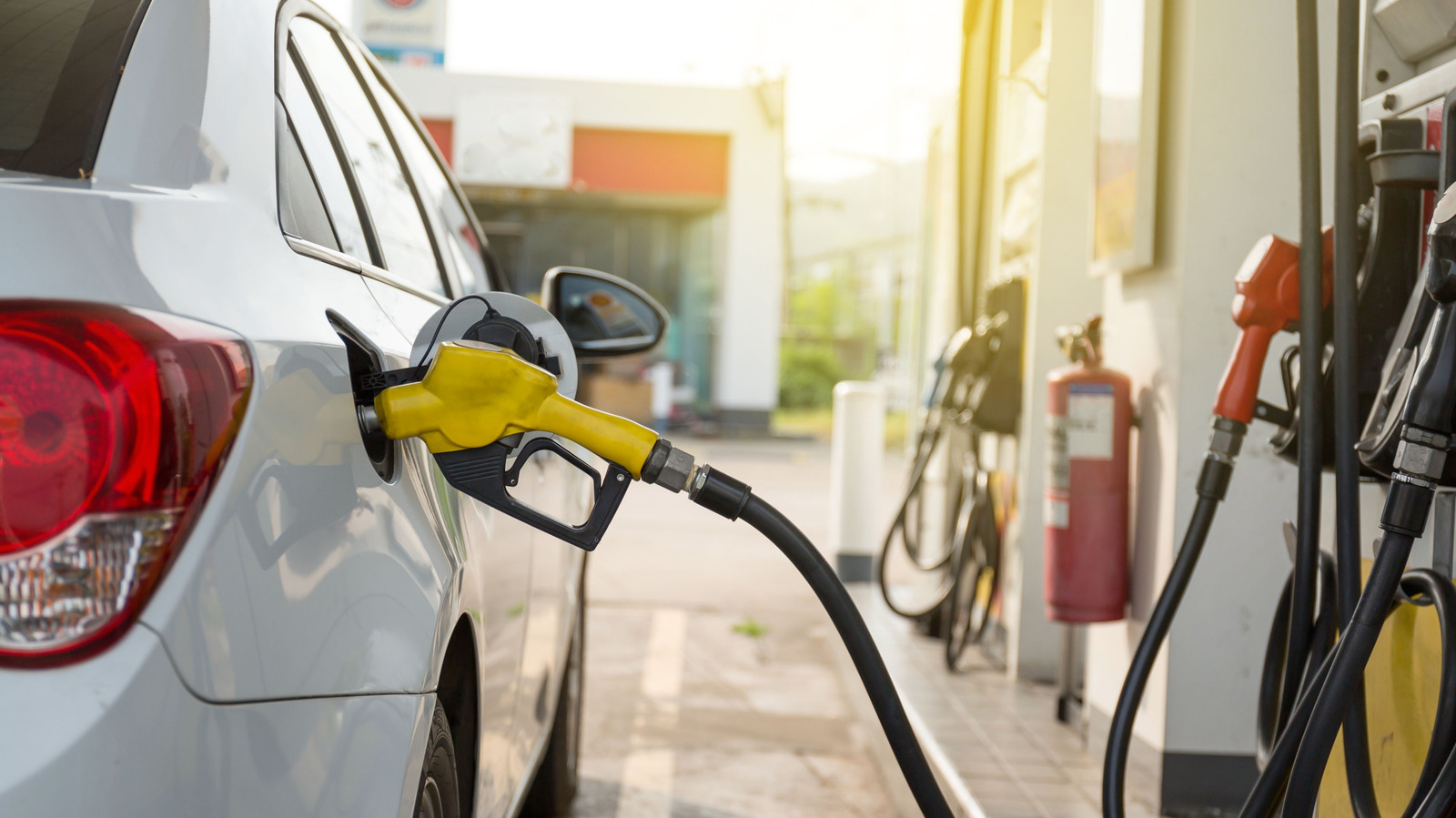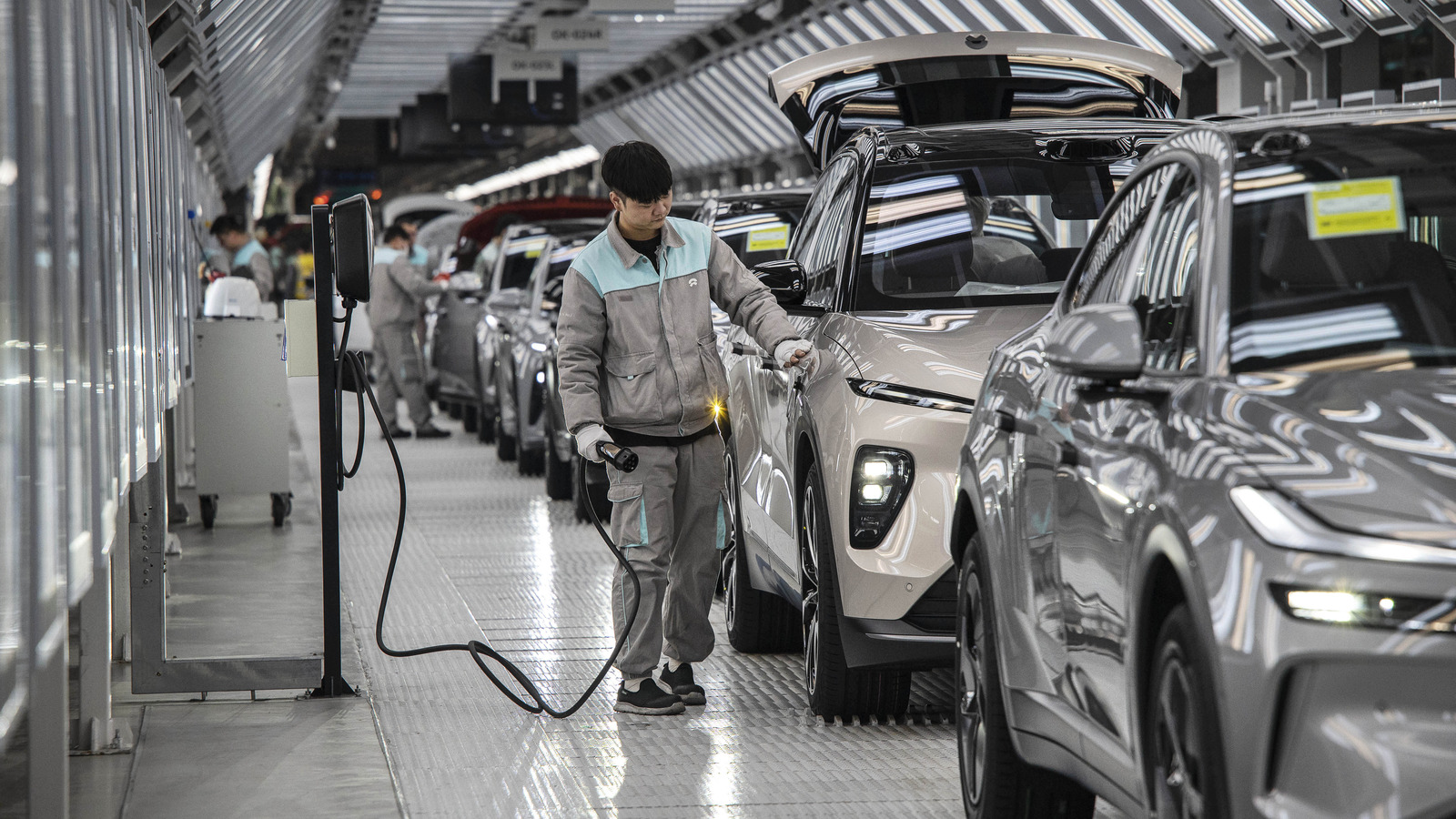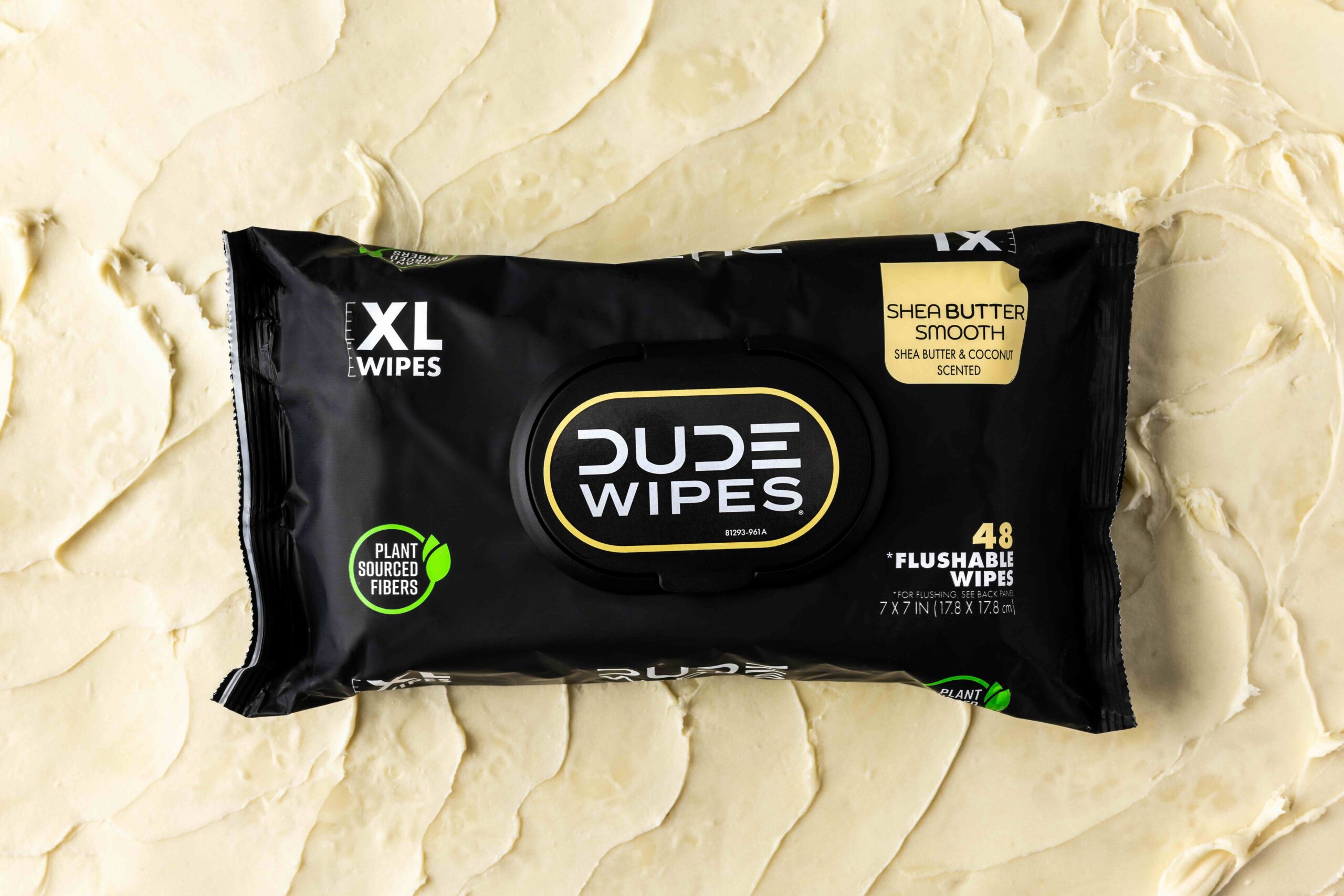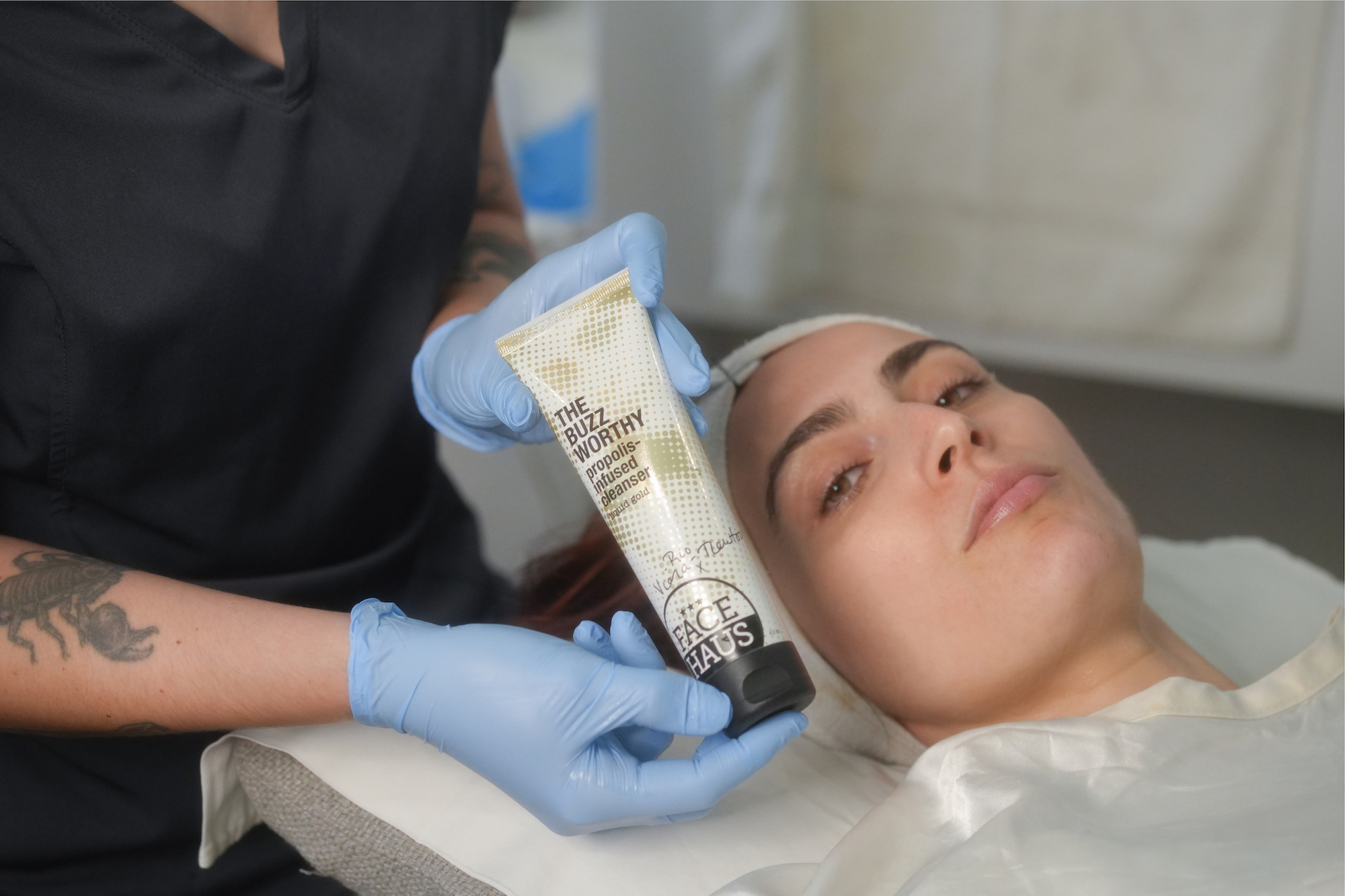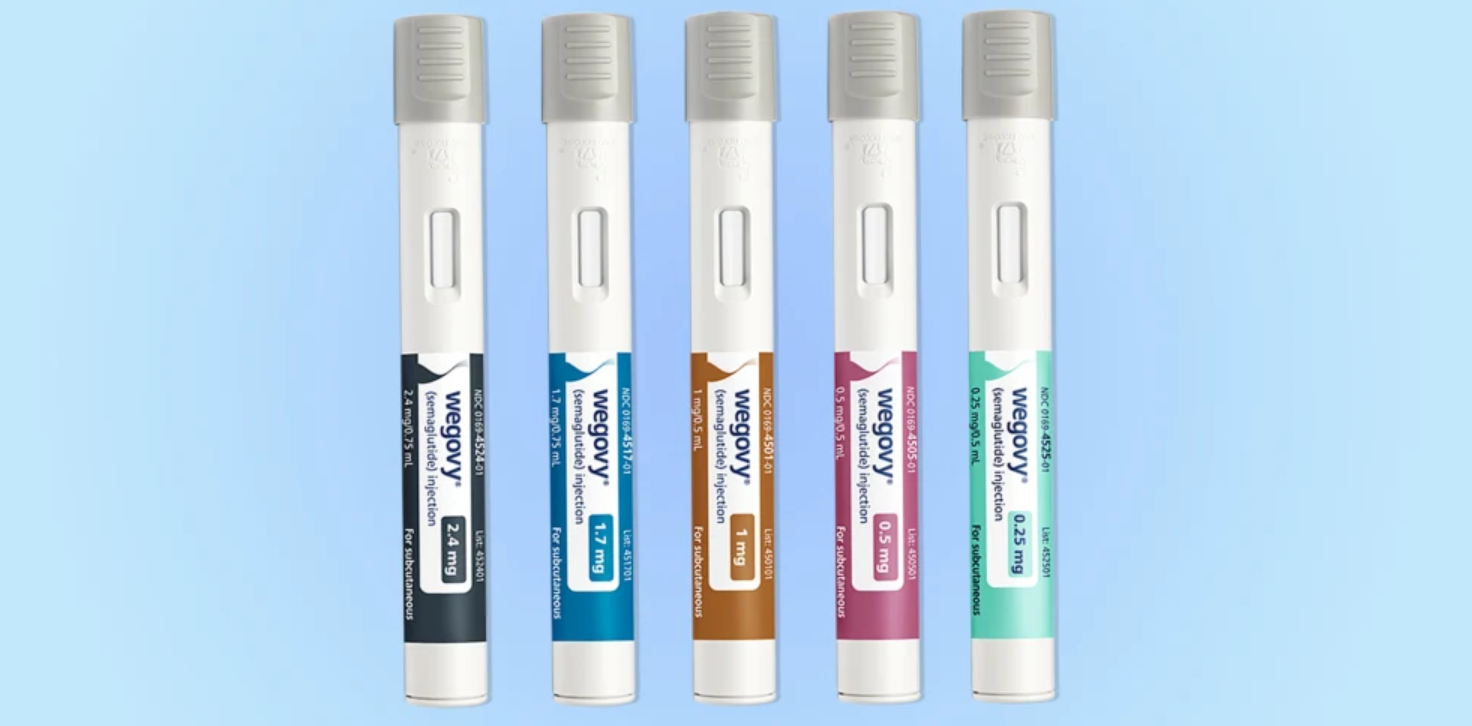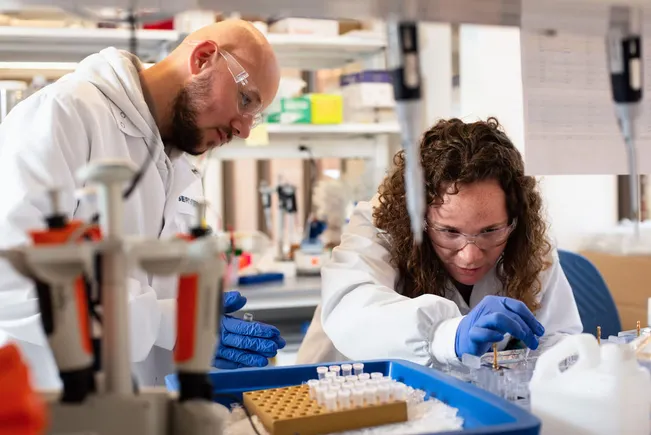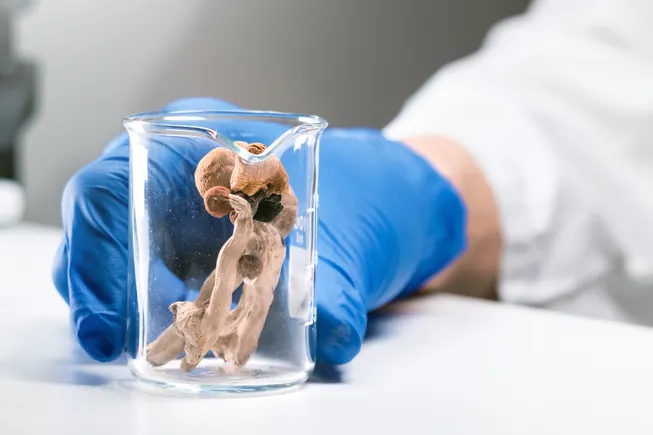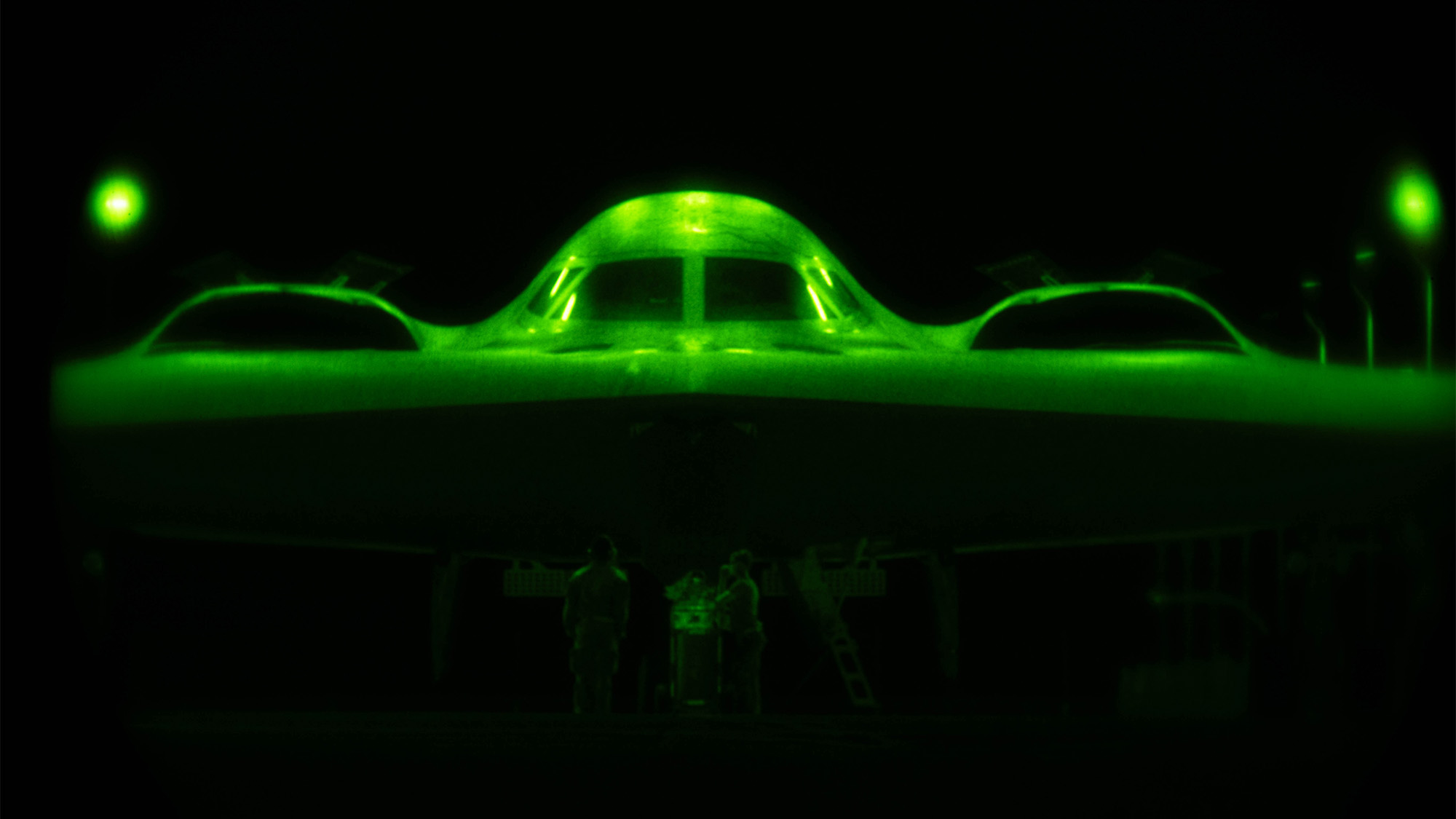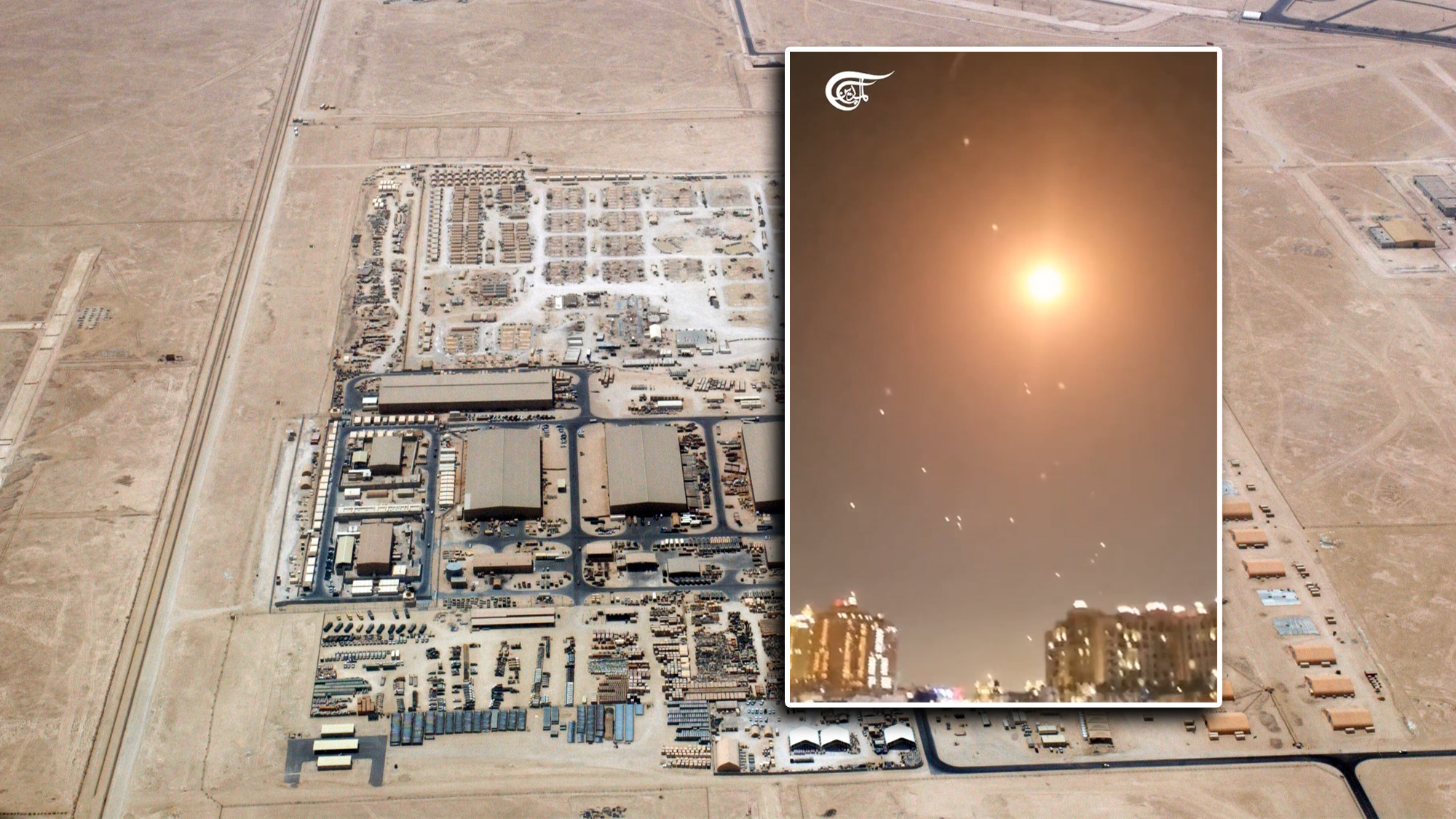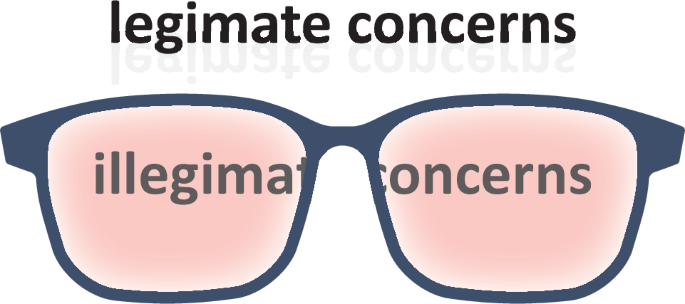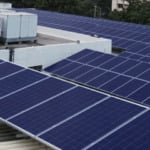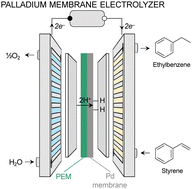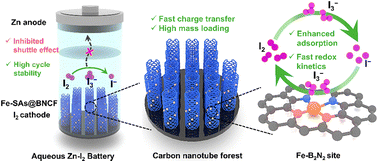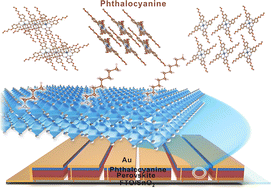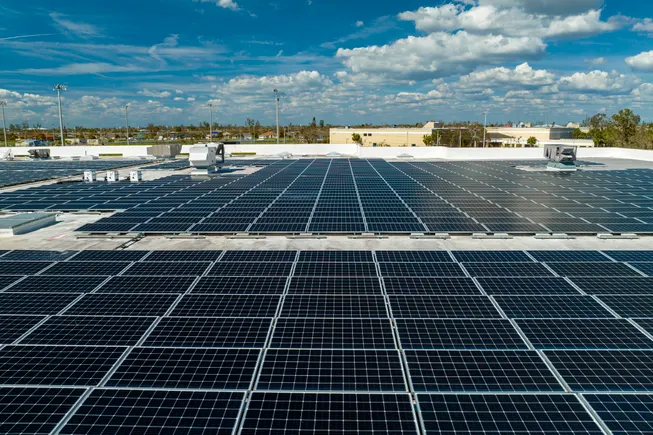Dry Battery Electrode Technology: From Early Concepts to Industrial Applications
Advanced Energy Materials, EarlyView.

This review highlights dry battery electrode coating as a promising approach toward environmentally friendly and efficient battery electrode production. It focuses on polytetrafluoroethylene binder based dry film methods and summarizes the historical background, recent developments for lithium-Ion and next-generation batteries, as well as approaches for upscaling and the challenges of the method.
Abstract
The increasing demand for clean and efficient energy storage makes the environmentally friendly and cost-effective production of lithium-ion batteries a focal point in current battery research and development. Dry battery electrode (DBE) coatings play a crucial role in future production schemes as this technique does not require the use of toxic solvents and energy-intensive drying steps. This review article focuses on the most advanced DBE method today, based on fibrillated polytetrafluoroethylene (PTFE) binder. PTFE-based DBE coatings are suitable for both laboratory scale and mass production, which places them in a prominent position among DBE methods. The article covers the historical development of the process as well as current research in the field of lithium-ion batteries (LIB) and next-generation batteries such as lithium–sulfur batteries (LSB) and solid-state batteries (SSB). Both the suitability and existing drawbacks of PTFE-based dry coatings for these cell types are discussed. The article also provides insights into production research and describes approaches for scaling the method. Characteristic features and differences of the most important methods, the DRYtraec and Maxwell-process, are outlined. Finally, existing challenges in commercializing the technology are discussed, and an outlook on environmentally friendly PTFE-alternative binders is given.
























